CastlesandfortsinEurope - ArtandCulture

Removed from Unnamed collection
Castel Sant Angelo 
Known as Hadrian's Tomb, the Castel Sant'Angelo is a fortress located on the right bank of the Tiber, a short distance from the Vatican City.
Construction of the building began in the year 135 under the direction of the Emperor Hadrian, who intended to use it as mausoleum for himself and his family. It was finished in the year 139 and a short time later, it became a military building, which in the year 403 would be integrated to the Aurelian Walls.
The Castel Sant'Angelo is split into five floors which can be reached by a spiral ramp that first reaches the chamber of ashes and subsequently the cells in which a number of historical figures were incarcerated.
Advancing toward the upper part of the castle you will find different rooms that functioned as a Papal residence, decorated with perfectly preserved frescoes from the Renaissance period, besides the extensive collection of weapons.
In the upper floor there is a large terrace where you can take amazing photographs of the city from above. Advancing toward the upper part of the castle you will find different rooms that functioned as a Papal residence, decorated with perfectly preserved frescoes from the Renaissance period, besides the extensive collection of weapons. In the upper floor there is a large terrace where you can take amazing photographs of the city from above. https://www.rome.net/castel-sant-angelo
Map

Removed from Unnamed collection
Sforza Castle 
Castello Sforzesco is a surprising monument sheltering several specialized museums and traces of the city’s past. An oasis of art and culture. It was originally a Visconti fortress and later home to the mighty Sforzas, the rulers of Milan, who transformed it into a magnificent ducal palace thought to have been decorated by several of the greatest artists of the times including Donato Bramante and Leonardo da Vinci.
Transformed into a military complex during four centuries of foreign occupation and subsequently used as the barracks of the Italian army, at the end of the 19th century the Castle was restored by architect Luca Beltrami who turned it into the headquarters of Milan’s Civic Museums.
Today the Castle sits in all of its glory in the eponymous square with its 70m-tall “Torre del Filarete” and a number of majestic circular keep-towers. https://www.wheremilan.com/sightseeing-sempione/sforza-castle/
Map
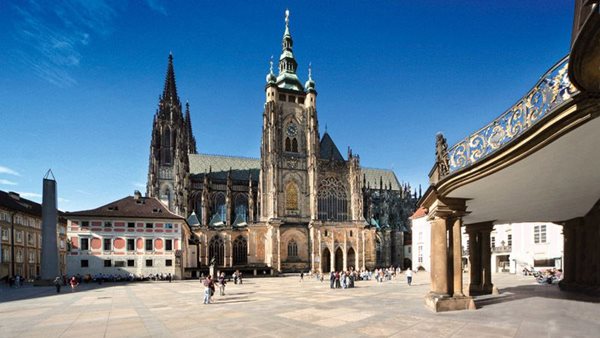
Removed from Unnamed collection
Prague Castle 
Which is the largest castle in the world? The one in Prague of course! You can wander around its courtyards, palaces, museums and garden all day long and whilst doing so, admire the overwhelming beauty of a place which has been the seat of Czech kings, emperors and presidents for a thousand years. The whole castle grounds are dominated by the monumental St. Vitus Cathedral, which is one of the most beautiful in Europe. Discover the secret of this symbol of the Czech Republic and a place which makes Prague one of the most beautiful cities in the world. http://www.czechtourism.com/c/prague-castle/
Map

Removed from Unnamed collection
Rosenborg Castle 
A royal hermitage set in the King’s Garden in the heart of Copenhagen, Rosenborg Castle features 400 years of splendor, royal art treasures and the Crown Jewels and Royal Regalia.
Rosenborg Castle was built by one of the most famous Scandinavian kings, Christian IV, in the early 17th century.
Among the main attractions is the Knights’ Hall with the coronation thrones and three life-size silver lions standing guard. Tapestries on the walls commemorate battles between Denmark and Sweden.
The interiors are well-preserved and invite you to take a journey in time. You can experience the king’s private writing cabinet, his bathroom, and see wax figures of former royal inhabitants.
Rosenborg also houses an exquisite collection of Flora Danica and one of the world’s finest Venetian glass collections, both set in tower chambers. https://www.visitcopenhagen.com/copenhagen/rosenborg-castle-gdk410582
Map
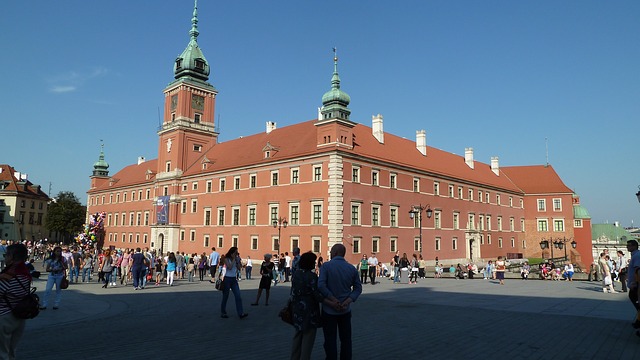
Removed from Unnamed collection
Warsaw Royal Castle 
Former residence of Mazovian princes. Once the capital was moved to Warsaw from Krakow, the castle served as seat of the king and the government. Completely destroyed during World War II.
Built in the 15th century, this castle served as residence of Mazovian princes. Once the capital was moved to Warsaw from Krakow, the castle served as seat of the king and the government. The castle has been renovated repeatedly and destroyed completely during World War II. It was rebuilt between 1971-1988 using castle remains and rubble. Today, the segment with the clock tower opens the way to the Old Town. Museum attractions include two original Rembrandt paintings as well as works by Bernard Bellotto, aka Canaletto, court painter to Polish King Stanisław August Poniatowski. Canaletto's paintings were vital during Warsaw's post-war reconstruction. https://www.poland.travel/en/discover/castles-palaces/royal-castle-in-warsaw
Map

Removed from Unnamed collection
Veveri Castle 
The castle was held in possession of various noblemen and its history is interwoven with a number of myths and legends. Today it is a venue of various cultural and social events. At the foot of the castle there is a steamboat stop. http://www.czechtourism.com/c/brno-veveri-castle/
Map
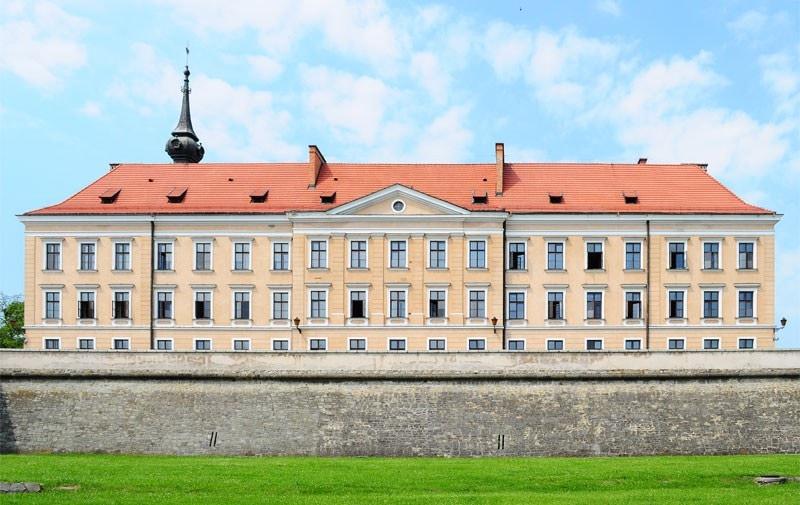
Removed from Unnamed collection
Rzeszow Castle 
The Rzeszów castle is undoubtedly one of the most interesting monuments of the city - not only because of its history, but also because of the fact that it is an interesting testimony to conservation thought from the turn of the 19th and 20th centuries, when its present form was created.
The castle was located south of the city, in the village of Staroniwa, at the end of an elongated loess headland surrounded on three sides by water obstacles: the Wisłok River and ponds or swamps. The intersection of this promontory with a moat substantially strengthened the defense of this place. In this area, during archaeological research, traces of prehistoric settlement (in the area of the northern curtain of the bastion fortifications) and late-medieval (on the southeast bastion) were found. At present, the hypothesis about the existence of a defensive court, mentioned in the document from 1447, regarding the division of property between Jan and Stanisław Rzeszowski is unlikely to be verified, but this hypothesis is very likely. http://www.rzeszow.pl/miasto-rzeszow/historia/zabytki-rzeszowa/zamek-w-rzeszowie
Map
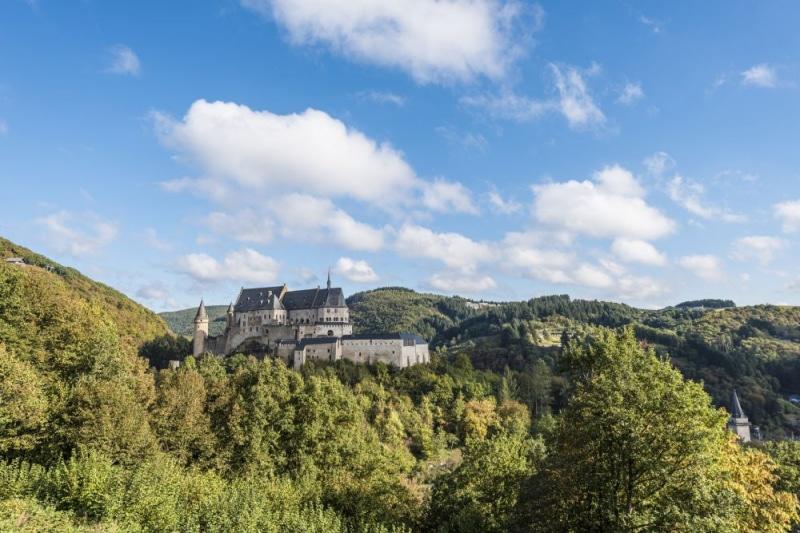
Removed from Unnamed collection
Castle of Vianden 
Vianden Castle was built between the 11th and 14th Century on the foundations of a Roman castle and a Carolingian refuge. This Castle-Palace bears the Hohenstaufen characteristics and is one of the largest and finest feudal residences of the Roman and Gothic eras in Europe.
Until the early 15th Century it was home to the powerful Counts of Vianden who could boast of their close connections to the German Imperial Court. The greatest of them, Count Henry I (1220 -1250) was even married to a member of the Capetian family, which ruled France at the time. In 1417, the castle and its lands were inherited by the younger line of the German House of Nassau, which -in 1530- also acquired the French principality of Orange. The castle's most remarkable rooms; the chapel as well as the small and the grand palaces were built in the late 12th and the first half of the 13th Century.
In 1890 the castle became the property of Grand Duke Adolphe of the elder line of Nassau and remained in the hands of the Grand Ducal family until 1977 when it was transferred into state ownership. It has been painstakingly restored to its former glory and today ranks among the most significant historical monuments of Europe. https://www.visitluxembourg.com/en/place/castle/vianden-castle
Map

Removed from Unnamed collection
Braemar Castle 
A forbidding exterior conceals 12 authentic rooms charmingly furnished as though the family has just stepped out. Dig deeper and discover a turbulent past which echoes the story of Scotland over the past 400 years.
Built in 1628 by the Earl of Mar as his Highland Hunting Lodge, set alight by the notorious Black Colonel in 1689, used as a garrison for Hanoverian soldiers after the rebel Jacobite defeat at the Battle of Culloden and for the past 200 years, home to the Chiefs of Clan Farquharson. Now lovingly tended by the community of Braemar and gradually being restored to its full splendour. https://www.visitabdn.com/what-to-do/castles/famous-castles/view/braemar-castle
Map
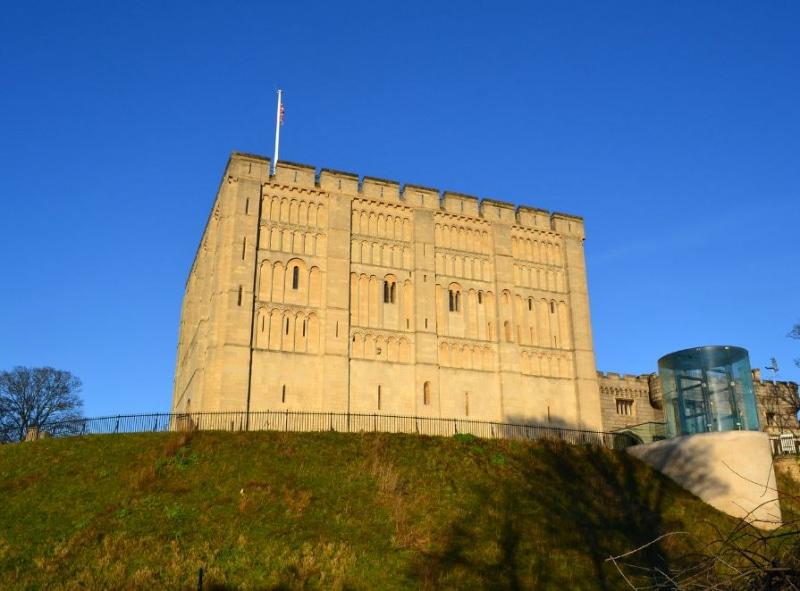
Removed from Unnamed collection
Norwich Castle 
Featuring never-before-seen archives and artefacts from Norwich Castle’s 900-year history, including a wealth of new research uncovered by the Norwich Castle: Gateway to Medieval England project to transform the Keep, the exhibition shows this majestic landmark in a fascinating new light.
Standing atop the largest man-made mound in the country, Norwich Castle has dominated the City’s skyline ever since the 12th century; but what is the story of Norwich’s iconic and much-loved square box on the hill? Built as a royal palace, Norwich Castle was a Norman showpiece with lavishly-decorated interiors fit for a king. By the 14th century, it had become the County Gaol confining Norfolk’s prisoners within its walls. With the opening of the new prison at the end of the 19th century, the Castle’s fate was uncertain, until its conversion into a public museum, which it remains to this day.
The Square Box on the Hill illustrates this rich history through a stunning mixture of prints, models, paintings, architectural plans and memorabilia, many of which have never been on display before. Supported by headline sponsors Brown&Co, the exhibition also showcases the latest exciting plans for the Castle’s future as part of the Norwich Castle: Gateway to Medieval England project, supported by the Heritage Lottery Fund. https://www.visitnorfolk.co.uk/inspire/norwich-castle-exhibition.aspx
Map
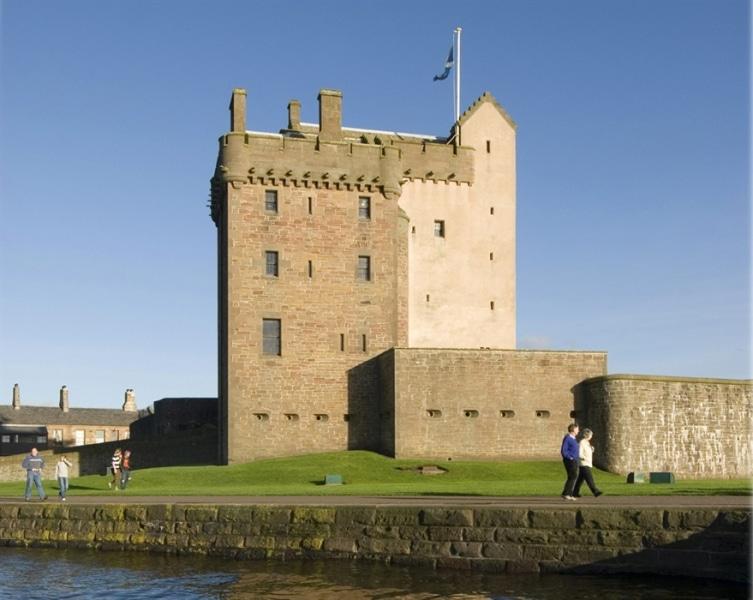
Removed from Unnamed collection
Broughty Castle Museum 
Discover the people, environment, history and wildlife of Broughty Ferry in this amazing 15th-century coastal fort, which houses a fascinating museum. Enjoy stunning views of Broughty Beach and the Tay estuary. Entry is free.
This 15th-century coastal fort has faced many battles and sieges and was rebuilt in the 19th century as part of the River Tay's coastal defence system.
It now houses a fascinating museum featuring displays on the life and times of Broughty Ferry, its people, the environment and the wildlife that lives close by. In 2019, the Castle celebrates its 50th anniversary as a museum!
Don't miss the Orchar Gallery, featuring a selection of paintings from the amazing Orchar Collection. Enjoy the spectacular views over the River Tay from the observation post. You may even be able to spot a dolphin or two. https://www.visitscotland.com/info/see-do/broughty-castle-museum-p245761
Map
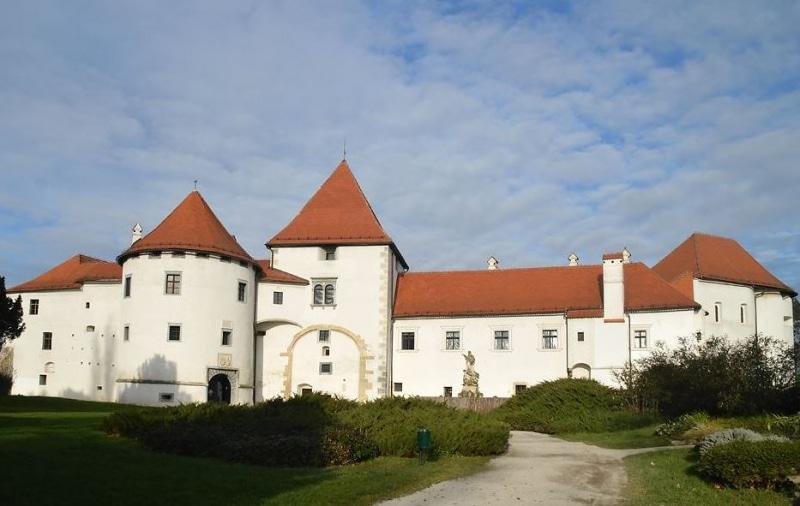
Removed from Unnamed collection
The Old Town Varazdin 
At the northern edge of the historical centre of Varaždin separated from the city by embankments and moat, is the Old Town Castle of Varaždin. This military fortress was unassailable from the outside due to the moat which was fed by the river Drava canal and the cannons inside the walls that in some places were 2.5 metres thick. Inside is the Old Town’s Renaissance Palace, whose aristocratic owners have continually changed and adjusted it to suit their tastes from the 13th to the 19th Century. Today the entire Old Town is the Varaždin City Museum.
Former illustrious owners include the Counts of Celje, Jan Vitovac, Ivaniš Korvin, Juraj Brandenburg, Counts Ungnadi and many others. The Erdödy Family ruled the City for the longest time, and the first owner was the famous General Tomo Bakač Erdödy, who defeated the Turks at Sisak in 1593. The Old Town was the Capital of the Varaždin County, and the Erdödy family were its hereditary governors. That’s why their family coat of arms which was officially confirmed by Queen Maria Therese in 1763, is still in use. The last owner of the Town sold it in 1923. The Varaždin City Museum was founded by the Varaždin Museum Society and officially opened in 1925 in a few rooms in the Old Town. Initially, the displays consisted of items donated to the newly opened museum by renowned Varaždin families.
Over the years, the size and variety of the Museum Collection have increased, and today the Varaždin City Museum has specialized Archaeological, Historical, Cultural, Ethnographic and Entomological Departments. Museum Departments are housed in several buildings of historical value in the center of the City: the Gothic-Renaissance fortress Old Town, the baroque Sermage, the classical Herzer Palace and the Watchtower in the Old Town complex. The Museum’s Departments currently have four permanent exhibitions including: the Cultural and Historical Department in the Old Town, Entomology in Herzer Palace and the Gallery of Old and Contemporary Masters in the Sermage Palace. The Archaeological and Historical Department in the Herzer Palace is currently being prepared and is almost ready to open permanently. https://www.tourism-varazdin.hr/en/museums-and-collections/
Map

Removed from Unnamed collection
Trogir City Museum 
The Trogir Museum was opened in 1966 within a unique complex of several palaces and houses owned by the Garagnin-Fonfogna family since the 18th century. The first small room accommodates a late Greek relief "Woman at Work" (2nd- 1 st century BC), and the replica of Kairos (4th-3rd century BC), as well as the prehistorical finds from the Trogir surroundings and the fragments of ceramics and glass from the Greek period. The Roman period is represented by the finds from the graves (fragments of a helmet, money, amphoras, urns) and stone reliefs and fragments discovered during archaeological excavations near Trogir.
The second, large hall with a three-light window presents the medieval Trogir through the documentation on the development of the autonomous commune. The first printed city Statute from 1708, which actually governed the city public life already in the 14th century, and the city seal rings are on display in this hall. The original minutes of the City Council sessions from 1316 are displayed, along with major documents on parchment, and the Venetian money used in the provinces of Dalmatia and Albania. Ivan Lucic's "De Regno Dalmatiae et Croatiae", the major medieval Croatian work published in Amsterdam in 1666 is here, along with the matricula of the All Saints brotherhood from 1573, and the testimony on Venetian-Turkish war contained in the memoirs of Koriolan Cipiko (1477). http://www.portal-trogir.com/things-to-do-en/heritage/museums/trogir-town-museum/
Map
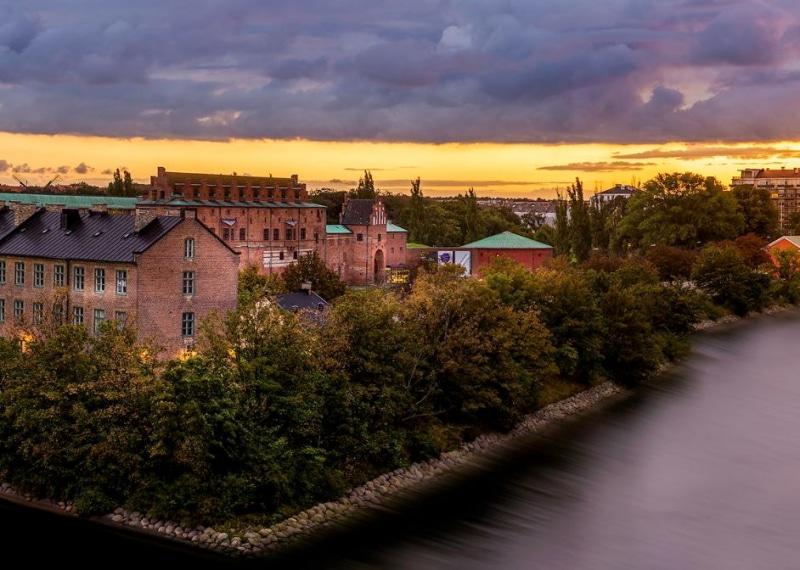
Removed from Unnamed collection
Malmo Castle 
Eric of Pomerania, king of Denmark, Norway and Sweden (at that time a unified kingdom), built a castle on the site now occupied by Malmöhus in 1434. The strategic location was of great importance. From here, the west side of the city could be protected and shipping traffic on the southern part of the Öresund monitored.
Malmöhus acquired its present appearance following major reconstruction in the mid 16th century when King Christian III ordered the building of a modern fortress, splendid Renaissance castle and county governor´s residence, all on the one site.
Denmark´s coins were minted here in the Middle Ages. Crown Prince Frederick held wild parties here in the 16th century. Prisoners were beheaded in the courtyard in the 19th century. Malmöhus has now been restored in the spirit of the 16th century and is part of the Malmö Museums, the largest museum in southern Sweden. The castle is part of Sweden´s cultural heritage and is managed by the National Property Board. https://malmo.se/Uppleva-och-gora/Besoksmal/Malmo-Museer/Sprak/In-English/Malmohus-Castle.html
Map

Removed from Unnamed collection
Huseby Bruk 
Beautiful Huseby Bruk shows you a bygone era. Go for a stroll in the park and gardens, and visit the well-preserved castle. At the old ironworks, the stories of the 1800s are told over and over again.
The main building at Huseby is reverently called the castle. Many remember Ms Stephens, the last owner of Huseby. In her last will and testament, she wrote that everything should be preserved for coming generations to take part in. The interior decor remains, and much of it comes from her parents’ time and up until the middle of the 1800s. The Stephens family were close to the royal house and sometimes had royal visitors at Huseby Bruk.
The park and garden have been recreated in their 19th-century form. Much was documented – even shopping lists for seeds. The park is characterised by ‘embroidered’ flower beds that Miss Stephens’s mother Elisabeth Stephens designed. But the kitchen garden might be the best thing about Huseby - it is a real utility garden that used to supplied the work's gentry with vegetables, fruit and berries. It was designed with nine areas and follows a model from older times. Ms Stephens loved different breeds of hens and today, too, there are hens and peacocks to look at. https://www.visitsmaland.se/en/experiences/culture-and-history/huseby
Map
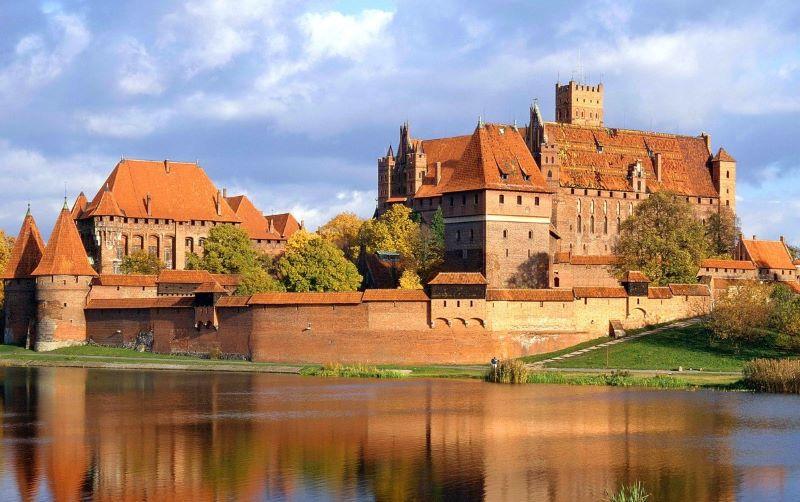
Removed from Unnamed collection
Malbork Castle 
Malbork castle was medieval Europe’s largest fortress. Picturesquely situated by the Nogat river, the three-castle complex was, for 150 years, the capital of the Teutonic state. The castle's origins date back to the second half of the 13th century. Beginning in 1309, Malbork was the seat of the grand masters of the Teutonic Order and the capital of one of medieval Europe's most powerful states. With a surface area of some 21 hectares, Malbork Castle is the largest Gothic castle complex in the world and a masterpiece of late-medieval fortification and residential architecture. In 1997 Malbork Castle was designated a UNESCO World Heritage Site.
One of the castle's must-sees is the exhibition of Amber Contexts, looking at the gemstone from a variety of possible angles. Tree resin fossilised millions of years ago, amber reflects the complexity of nature. It can be regarded in a number of contexts, including a natural scientific and artistic one. It can also be looked at from a functional perspective. The Malbork amber collection has earned a reputation as one of the world's best and largest. http://en.visitmalbork.pl/905,The-biggest-gothic-castle-in-the-world.html
Map

Removed from Unnamed collection
Baron Gamba Castle 
Gamba Castle Built at the beginning of the 1900s from the designs of the engineer Carlo Saroldi, it was commissioned by Charles Maurice Gamba, husband of Angélique d‘Entrèves, daughter of Count Christin d‘Entrèves. Since 1982 it has been the property of the Valle d’Aosta Autonomous Region.
After a complex restoration, today the castle houses an exhibition route that winds through 13 rooms, displaying over 150 works of art such as paintings, sculptures, installations, drawings and photographs belonging to a regional collection dating back from the end of the nineteenth century to the present day. Alongside the works of the 20th-century masters, including sculptures by Martini, Mastroianni, Manzù, Arnaldo and Giò Pomodoro, and paintings by Casorati, De Pisis, Carrà and Guttuso, the collection documents Italian figurative art produced from the second half of the century up to contemporary study exponents, such as Schifano, Baruchello, Rama and Mainolfi. A vast and varied selection of works testifies to the movements that have animated the Italian art scene over the past 25 years: for example, the exhibition hosts representations of Informal art, Geometric abstraction, Transavantgarde and Pop art. Particular importance is given to Valle d’Aosta region through the activity of local artists, or those active in Valley, on regional commission. For visitors seeking both learning and distraction, the exhibition offers a series of services designed to bring different groups of visitors (families, adults, schools, children, young people) closer to modern and contemporary art through workshop activities, guided tours and events. http://www.discoversaintvincent.it/en/baron-gamba-castle
Map
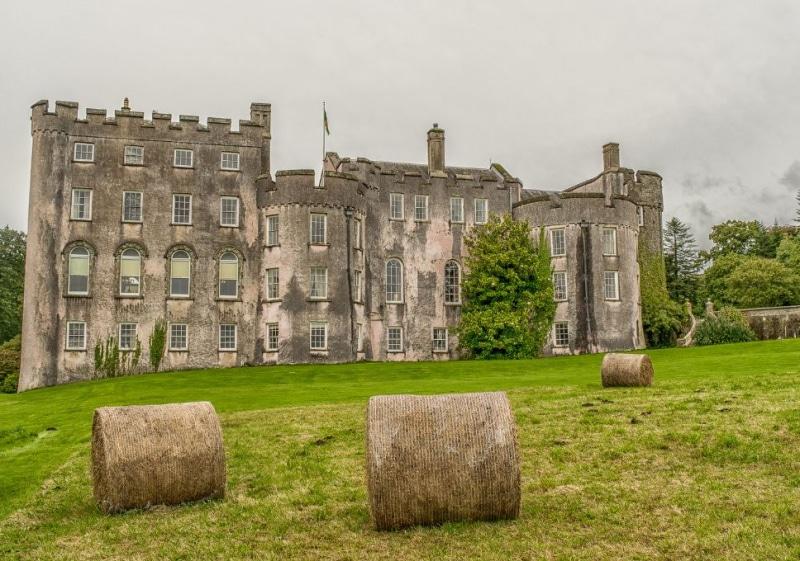
Removed from Unnamed collection
Picton Castle 
Perhaps the most spectacular Castle in the area is Picton. The original castle was probably built during the 12th century and over the years has been extended and altered into the building we see today, a half fortified manor house and half fully developed medieval castle.
Besides the actual castle visitors can visit the gallery along with the extensive gardens and restaurant. http://www.haverfordwest.org/picton.html
Map








